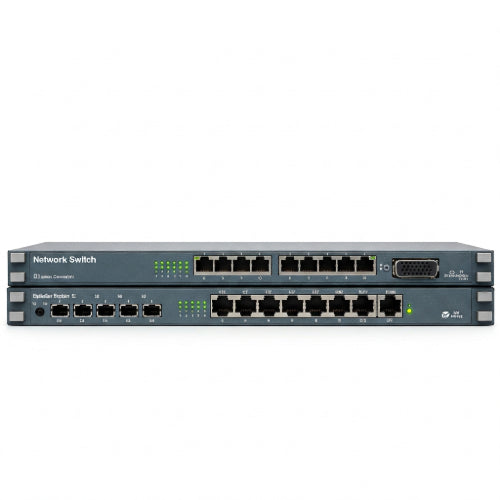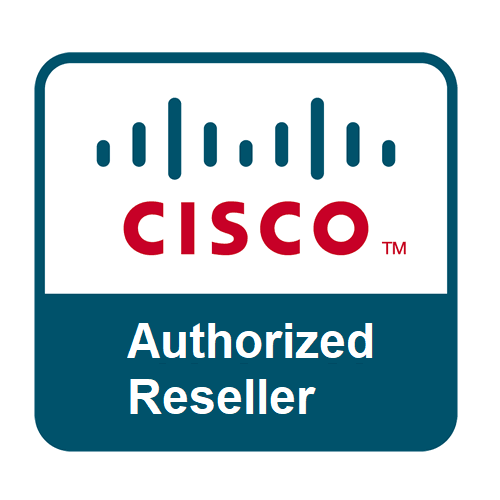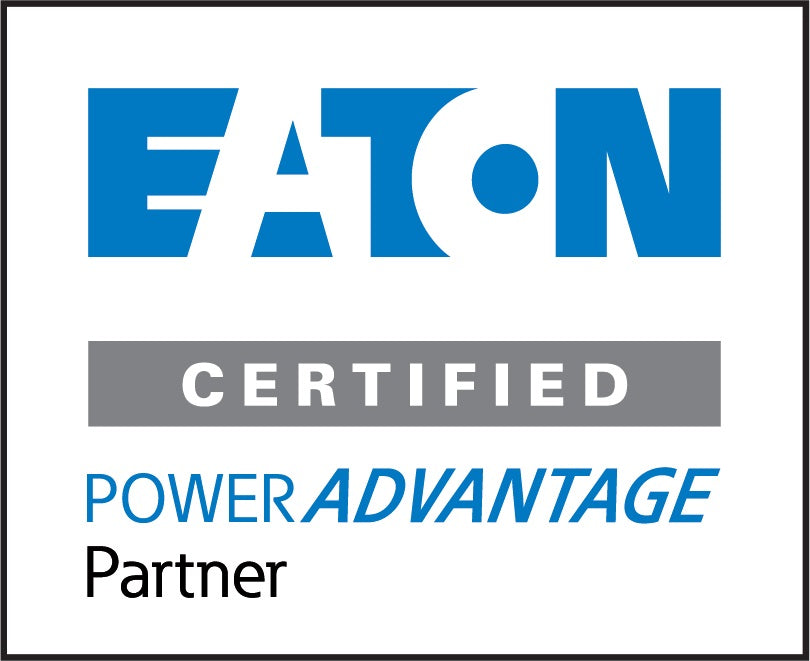Unlock Your Network's Potential: How to Optimize with the Best Switches
Your network is the invisible backbone of your digital life, whether you're a small business, a growing enterprise, or a tech-savvy home user. A well-optimized network ensures seamless connectivity, fast data transfer, and reliable performance for all your devices. At the heart of this optimization lies the often-underappreciated network switch. Choosing and configuring the right switches can make a world of difference. Let's explore how to optimize your network setup with the best switches for your needs.
Understanding the Role of a Network Switch:
Before diving into optimization, let's quickly recap what a network switch does. Unlike a router that directs traffic between networks (like your home network and the internet), a switch operates within a local area network (LAN). It intelligently forwards data packets only to the specific device they are intended for, improving efficiency and reducing network congestion compared to older hubs.
Key Considerations for Choosing the Best Switches:
-
Managed vs. Unmanaged Switches:
- Unmanaged Switches: These are plug-and-play devices ideal for small home networks or basic connectivity needs. They require no configuration and are generally less expensive. However, they offer limited control and monitoring capabilities.
- Managed Switches: These offer advanced features and configuration options, making them suitable for businesses and users who need greater control over their network. They support features like VLANs, QoS, link aggregation, and SNMP monitoring.
-
Number of Ports and Speed:
- Port Density: Choose a switch with enough ports to accommodate all your wired devices (computers, printers, servers, etc.) and allow for future expansion.
- Port Speed: Consider the speed requirements of your devices. Gigabit Ethernet (1 Gbps) is standard for most modern devices, but some high-bandwidth applications (like network-attached storage or video editing workstations) might benefit from 2.5 Gbps, 5 Gbps, or even 10 Gbps ports.
-
Layer 2 vs. Layer 3 Switches:
- Layer 2 Switches: Operate at the data link layer and primarily forward traffic based on MAC addresses. They are sufficient for most LAN setups.
- Layer 3 Switches: Have routing capabilities, allowing them to handle inter-VLAN routing and sometimes even basic routing to external networks. They are often used in larger enterprise environments for network segmentation.
-
Power over Ethernet (PoE):
- PoE Switches: Can supply power to compatible devices (like IP cameras, VoIP phones, and wireless access points) over the Ethernet cable, simplifying deployment and reducing the need for separate power adapters. Consider PoE or PoE+ (higher power) if you plan to use such devices.
Optimizing Your Network with the Right Switches:
Once you've chosen the appropriate switches, here's how to optimize your network setup:
-
Strategic Placement:
- Position your switches in central locations to minimize cable runs and ensure efficient connectivity to all devices.
- Ensure adequate ventilation to prevent overheating, which can impact performance and lifespan.
- For larger networks, consider using multiple switches strategically placed throughout the building and interconnected with high-speed uplinks.
-
Implementing VLANs (Virtual Local Area Networks):
- Segmentation: Managed switches allow you to create VLANs to logically segment your network. This can improve security by isolating sensitive data, enhance performance by reducing broadcast traffic, and simplify network management by grouping devices by department or function.
- Example: You can create separate VLANs for your accounting department, marketing team, guest Wi-Fi, and IP cameras.
-
Quality of Service (QoS):
- Prioritization: QoS features on managed switches allow you to prioritize network traffic based on application or type. This ensures that critical applications like VoIP or video conferencing receive sufficient bandwidth, even during periods of high network usage.
- Configuration: Configure QoS rules to prioritize time-sensitive traffic and limit bandwidth for less critical applications.
-
Link Aggregation (LAG) / Port Channeling:
- Increased Bandwidth and Redundancy: LAG allows you to combine multiple physical ports into a single logical link, increasing bandwidth between switches or to high-bandwidth devices like servers and NAS units. It also provides link redundancy in case one physical link fails.
- Configuration: Most managed switches support LAG configuration through protocols like LACP (Link Aggregation Control Protocol).
-
Spanning Tree Protocol (STP):
- Preventing Loops: In networks with multiple interconnected switches, STP prevents network loops, which can cause broadcast storms and bring down your entire network.
- Configuration: Ensure STP is enabled and properly configured on your managed switches. For larger networks, consider more advanced versions like RSTP (Rapid Spanning Tree Protocol) for faster convergence.
-
Monitoring and Management:
- SNMP (Simple Network Management Protocol): Managed switches often support SNMP, allowing you to monitor their performance, traffic, and status using network management software.
- Web-based Interfaces: Most managed switches provide user-friendly web-based interfaces for configuration and monitoring. Regularly check switch logs for any errors or performance issues.
-
Firmware Updates:
- Performance and Security: Keep your switch firmware up to date. Manufacturers regularly release updates that can improve performance, fix bugs, and address security vulnerabilities.
-
Cable Management:
- Organization and Airflow: Proper cable management not only makes your wiring closet look neater but also improves airflow, making it easier to troubleshoot and preventing accidental disconnections.
Choosing the Right Switch for Your Needs:
- Home Users: An unmanaged Gigabit switch with the appropriate number of ports is often sufficient. Consider a PoE switch if you plan to use PoE-enabled devices.
- Small Businesses: A managed Gigabit switch with VLAN and QoS capabilities will provide better control and performance. Consider PoE for IP phones and security cameras.
- Growing Businesses and Enterprises: Layer 3 managed switches with high port density, advanced security features, link aggregation, and robust management capabilities are essential. Consider 10 Gbps uplinks for connecting core switches.
Conclusion:
Optimizing your network setup starts with choosing the right network switches and then configuring them effectively. By understanding your network requirements and implementing features like VLANs, QoS, and link aggregation on managed switches, you can unlock your network's full potential, ensuring reliable, secure, and high-performing connectivity for all your devices. Don't let a bottlenecked network hinder your productivity – invest in the right switches and take control of your digital infrastructure.







